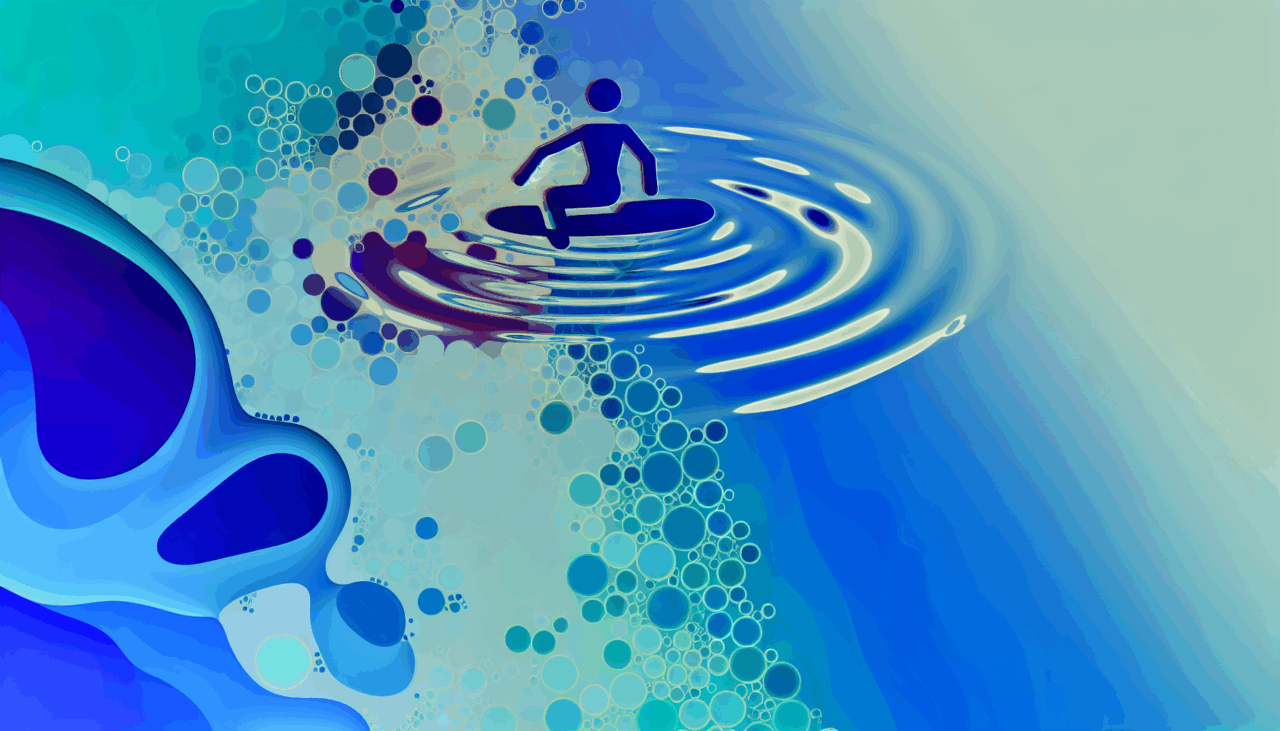On sweltering summer days, the allure of lakes, streams, and ponds is undeniable. However, despite their inviting appearance, these natural water bodies can sometimes harbor dangerous pathogens that could abruptly end your summer fun.
Every year, news stories emerge about individuals falling ill or even dying after exposure to brain-eating amoebas or toxic algae in natural waters. According to Don Thushara Galbadage, PhD, MPH, a public health professor at Texas Christian University, these bodies of water are part of living ecosystems where bacteria, parasites, and other pathogens can thrive, unlike pools that are filtered and disinfected.
While such illnesses are rare, they serve as a crucial reminder to exercise caution before diving in. Here’s what you need to know about the potential pathogens lurking in freshwater and tips to help you determine if your local swimming spot is safe.
Understanding the Risks of Freshwater Swimming
Although contracting an illness from swimming in freshwater is uncommon, there is always some level of risk, especially in warm, stagnant water or after heavy rains. Bobbi Pritt, MD, director of the Clinical Parasitology Laboratory at Mayo Clinic, notes that rainstorms can introduce agricultural runoff, sewage, or decaying organic matter into water bodies, creating nutrient-rich environments for microorganisms to flourish. This can lead to illness if contaminated water is ingested, splashed into the eyes, or comes into contact with open wounds.
Most healthy individuals recover from waterborne infections without medical intervention. However, vulnerable groups, including young children, older adults, and immunocompromised individuals, may experience severe complications.
Common Pathogens in Freshwater
Several germs can be found in freshwater environments during the summer months:
– **Leptospira**: These spiral-shaped bacteria cause leptospirosis, a flu-like illness, and are shed in the urine of infected animals. Leptospira thrive in warm, stagnant freshwater and can enter the body through the eyes or mouth. While mild cases resolve on their own, severe cases may require hospitalization and can lead to kidney damage. Annually, 100 to 200 people in the U.S. contract leptospirosis.
– **Vibrio**: This bacterium is found in both saltwater and brackish water. The U.S. records about 80,000 cases of vibriosis each year. Vibrio vulnificus causes severe wound and bloodstream infections, while Vibrio parahaemolyticus triggers gastrointestinal symptoms. These bacteria can enter the body through open wounds or by consuming raw or undercooked shellfish.
– **Giardia**: This parasite causes giardiasis, a gastrointestinal disease with symptoms like diarrhea and stomach cramps. Over 1 million people in the U.S. contract Giardia annually. Ingesting contaminated water from streams or lakes is a common transmission method. Antiparasitic medications can help clear the infection.
– **Cryptosporidium**: This parasite causes watery diarrhea and is spread through fecal contamination. It leads to approximately 823,000 illnesses annually. Cryptosporidium is resilient and can persist in various water types.
– **Naegleria fowleri**: Known as the “brain-eating amoeba,” this rare pathogen causes a fatal brain infection. Infection occurs when contaminated water enters the nose, not through ingestion. Symptoms progress rapidly, leading to coma and death within days.
Algae and Viral Threats
– **Blue-Green Algae**: These organisms can form scum on water surfaces and thrive in warm, nutrient-rich waters. Some produce toxins causing skin rashes, stomach upset, and liver injury.
– **Viruses**: Adenovirus and norovirus can be present in rivers and lakes. Ingesting droplets containing these viruses can lead to viral gastroenteritis, a mild and short-lived diarrheal illness.
Assessing Water Safety
Before swimming in a promising freshwater spot, take a few minutes to research the area. Popular swimming locations are often monitored by local public health authorities. If pathogens are detected, warnings will be posted. You can also consult local park authorities or rangers for information.
Visually assessing water can be challenging, as there are often no obvious signs of contamination. However, avoiding brackish, stagnant, or foul-smelling water is advisable. Contaminated water may smell like sewage, sulfur, or decomposing vegetation. Water with foam or scum on the surface should also be avoided.
Even clear water can contain pathogens, and murky water may hide other hazards like submerged debris. If it has recently rained, especially after a heavy storm, consider postponing your swim.
Precautionary Measures
If the water appears safe and no health warnings are present, taking precautions is still wise. To minimize the risk of waterborne illness, follow these steps:
– Avoid swallowing water.
– Keep your head above water.
– Wear swim goggles to protect your eyes.
– Rinse off after swimming.
Natural water can harbor hidden health threats, even on sunny days. By staying informed and cautious, you can enjoy your summer activities safely.
🔗 **Fuente:** https://www.health.com/natural-water-safety-swimming-11752598

